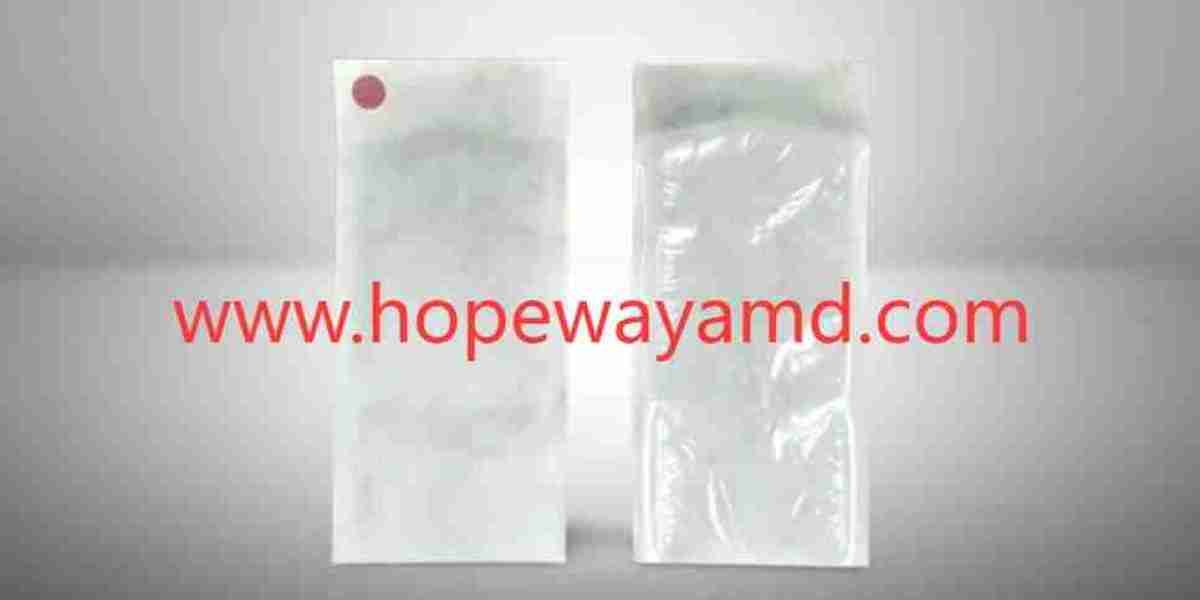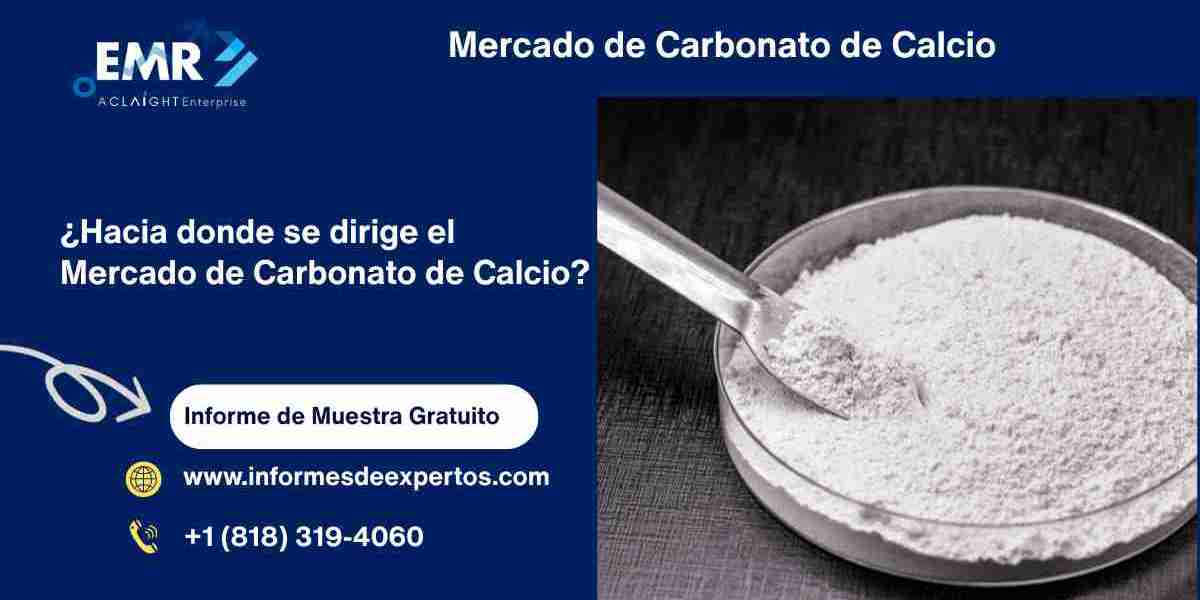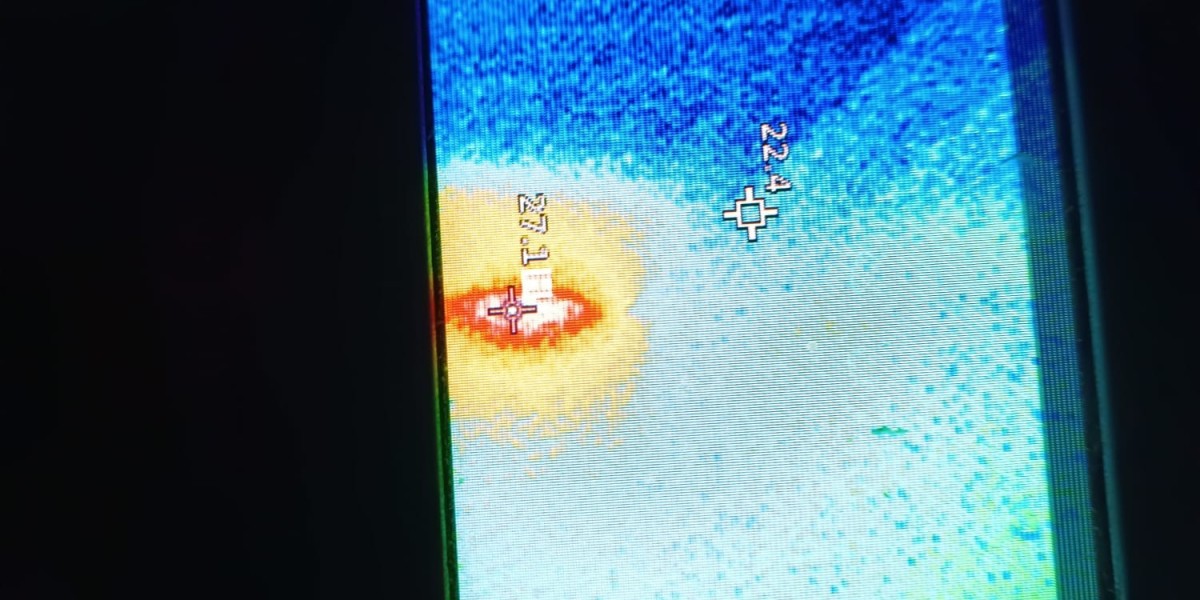In the field of sterile packaging, the Heat Sealing Sterilization Pouch by Hopeway AMD delivers a well-balanced combination of protection, precision, and convenience. It is designed for professional use in healthcare, laboratory, and industrial environments where sterilization assurance and workflow efficiency must coexist. This pouch supports both safety and organization, ensuring that instruments remain sterile and traceable throughout their entire handling process.
Heat sealing pouches rely on controlled sealing equipment to create a secure closure that resists contamination after sterilization. The design allows users to adjust sealing temperature and pressure, providing flexibility to achieve consistent results across different materials. This control makes the pouch compatible with a variety of sterilization methods, including steam, ethylene oxide, and plasma, maintaining material integrity and a reliable microbial barrier.
Each pouch is crafted from high-quality medical paper paired with a transparent film layer, allowing clear visibility of the contents. This transparency simplifies instrument identification, helping staff work more efficiently and reducing unnecessary handling. Built-in process indicators provide a visible color change once sterilization is complete, giving immediate confirmation that conditions have been met. These features combine practicality with confidence, making the pouch an essential part of daily sterilization routines.
Operational precision is a key strength of heat-sealable packaging. By relying on standardized sealing equipment, facilities can maintain repeatable outcomes and reduce variations caused by manual sealing. Consistent sealing not only ensures sterility but also enhances documentation and quality control procedures. This reliability supports compliance with hygiene standards while streamlining the workflow of packaging technicians and medical staff.
Durability is another defining feature. The sealed edges of the pouch remain strong during transportation and storage, protecting instruments until they are ready for use. The materials are engineered to allow sterilant penetration during processing while preserving the barrier afterward. This balance between permeability and resistance ensures safe storage without compromising sterilization performance.
From a sustainability perspective, efficient material design minimizes waste while maximizing usability. Facilities can select pouch sizes according to their needs, reducing excess packaging and improving storage management. Such thoughtful application of materials reflects a responsible approach to both hygiene and resource use.
As sterilization practices evolve, packaging continues to play a crucial role in safety and efficiency. The heat sealing pouch supports not just cleanliness but also consistency—two elements central to maintaining trust in healthcare operations. It represents a quiet innovation in everyday tools that professionals rely on to deliver safe outcomes.
For organizations seeking reliability through precision-engineered sterilization packaging, now is an opportune time to look deeper into practical performance. Visit https://www.hopewayamd.com/product/ — where every seal, layer, and detail tells the story of thoughtful engineering built for modern sterilization demands.







